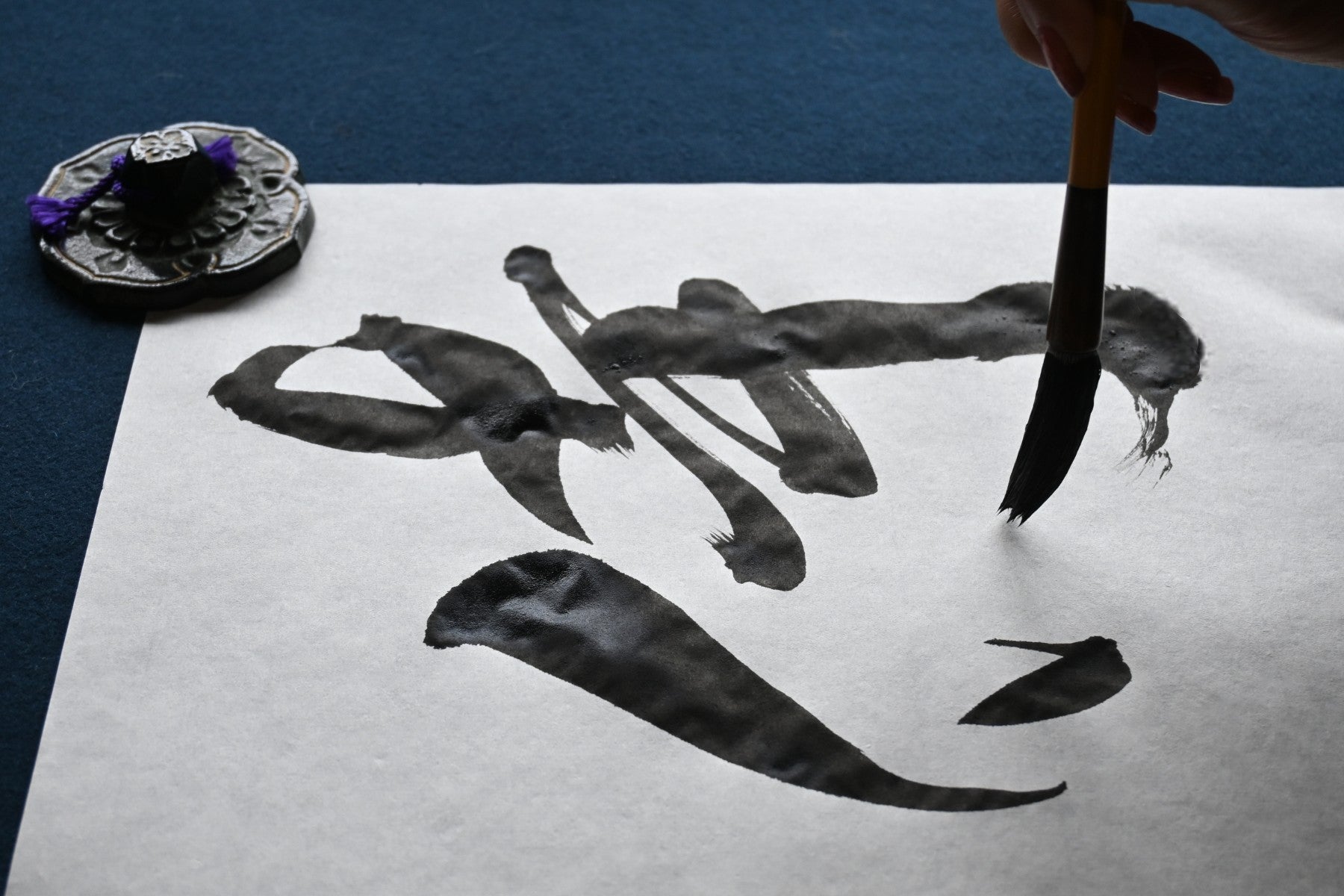The Story of Shodo (書道) — Japanese Calligraphy
Shodo (書道) is a traditional Japanese art form that seeks beauty in the writing of characters known as Kanji (漢字) and Kana (かな), with a history spanning over a thousand years to the present day.
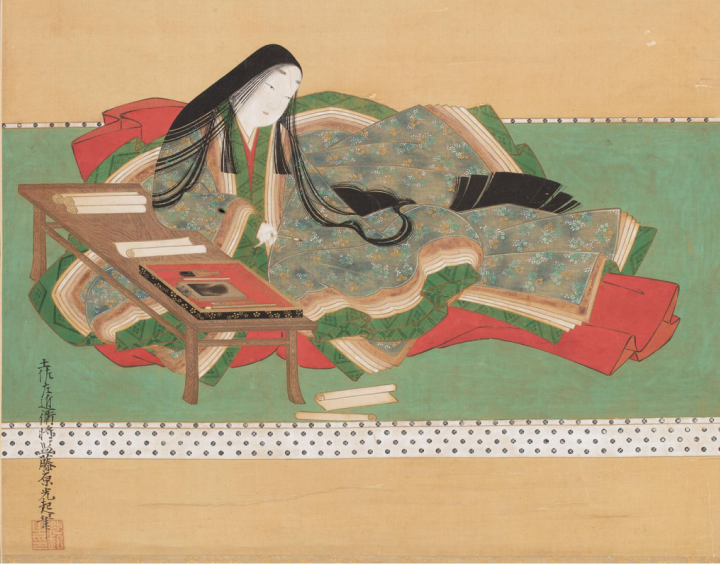

11th-Century Japan: The Birth of Shodo and the Rise of Artistic Expression in Literature
Shodo spread throughout Japan, giving rise to various forms of Japanese literature that blend artistic qualities.
15th–18th Century Japan: The Spirit of Shodo Forged by the Samurai
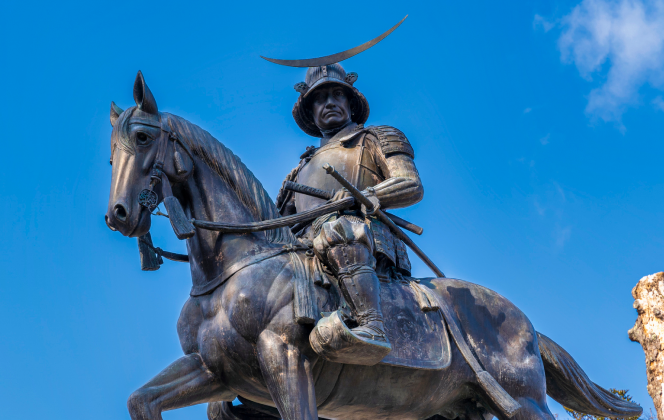

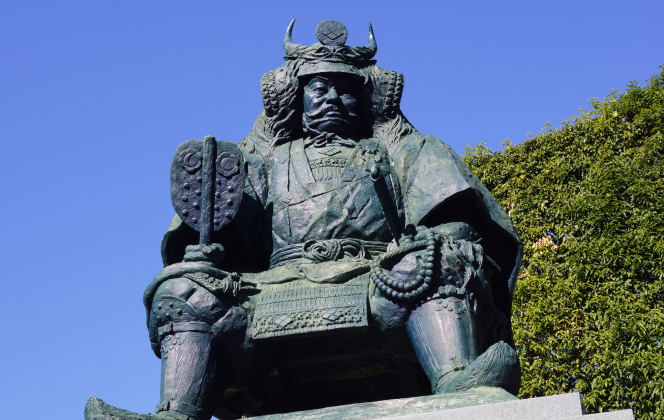

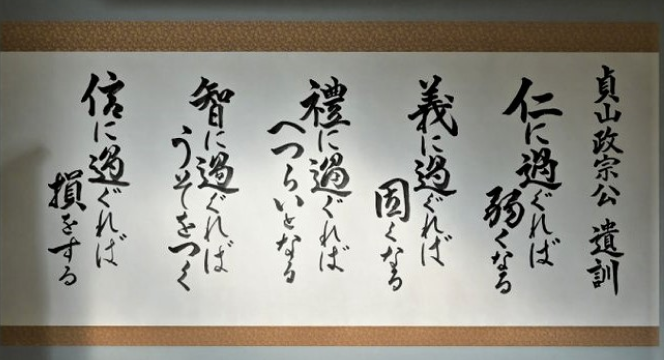

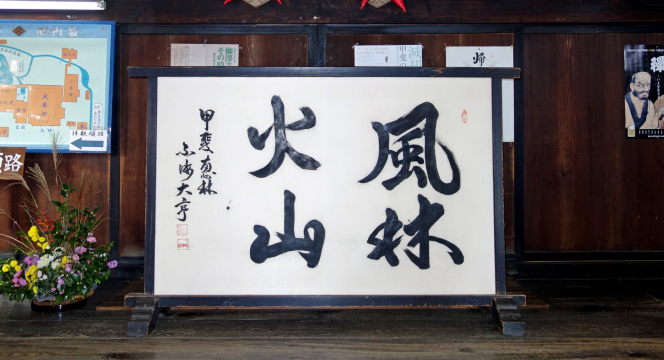

During the Samurai era, spanning from the 15th to the 18th century, Shodo was not just a form of art — it was an integral part of a warrior’s education. For the Samurai, true mastery went beyond the sword; it was about refining the mind and spirit. Shodo, with its emphasis on discipline, stillness, and precision, became a vital practice for this personal development.
In fact, calligraphy was as important as martial arts in the Samurai’s training. Writing with a brush required the same focus, control, and presence of mind as wielding a katana. Every stroke had to be executed with intention — no hesitation, no second chances — just like in battle.
Shodo, like the Bushido (武士道) code that guided the Samurai, embodies honor, loyalty, and integrity. The Samurai didn’t merely write—they poured their spirit into every character, using Shodo as a form of self-expression. It was not just a tool for communication, but a reflection of their heart and soul.
19th–21st Century Japan:A New Era of Martial Arts and the Enduring Spirit of Shodo
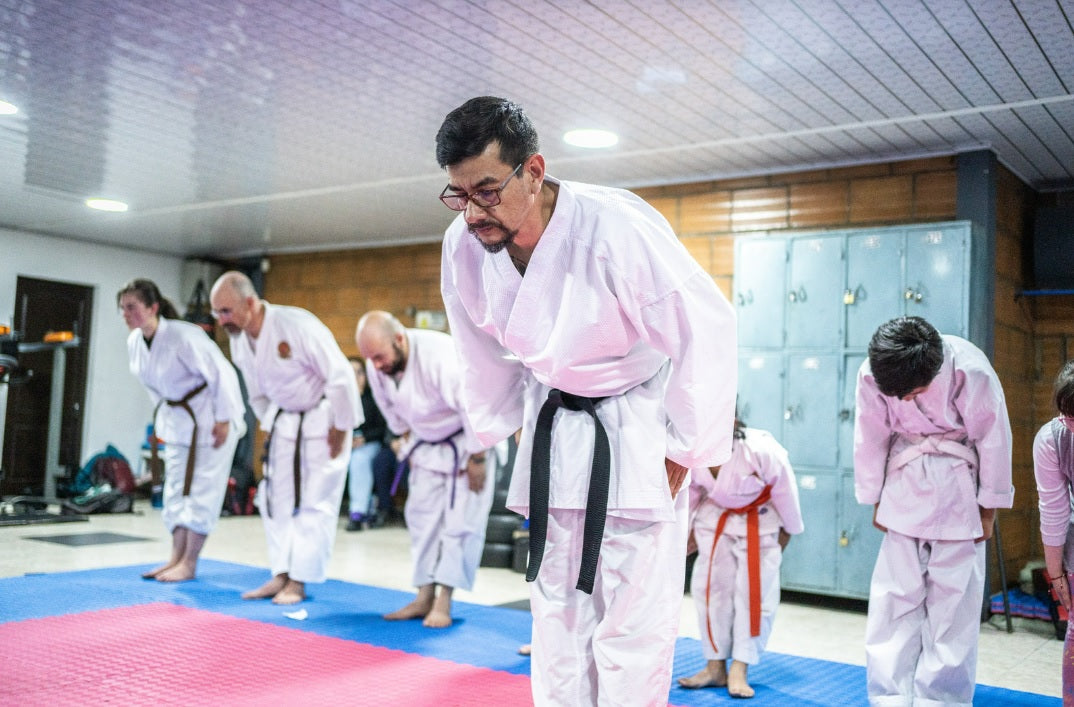

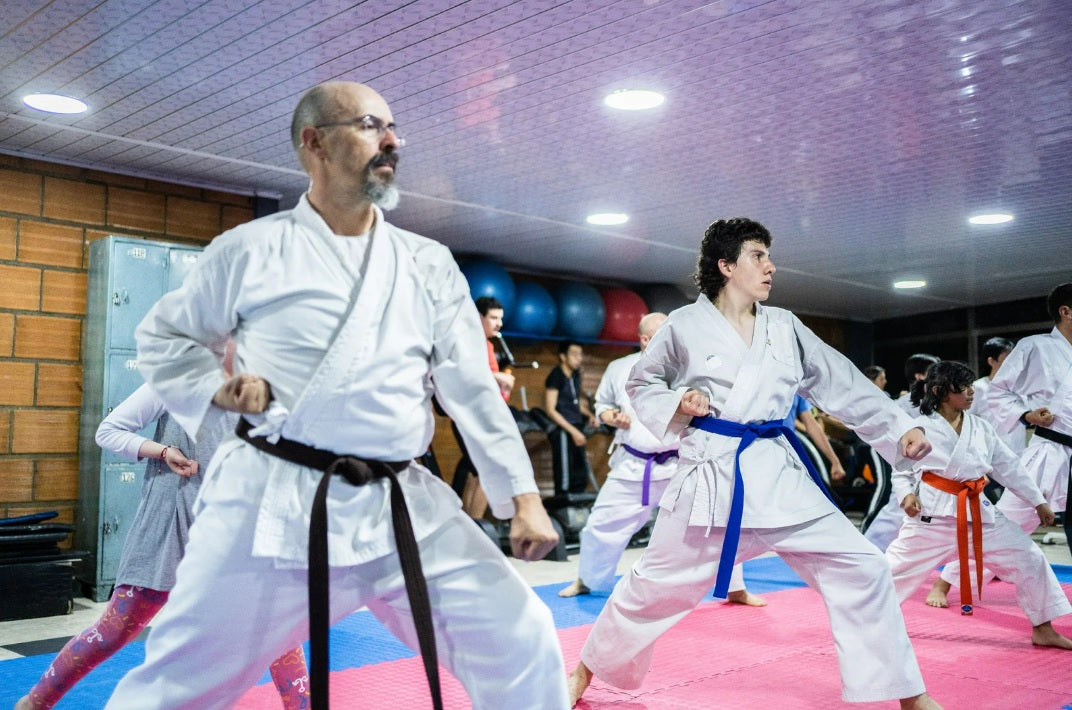

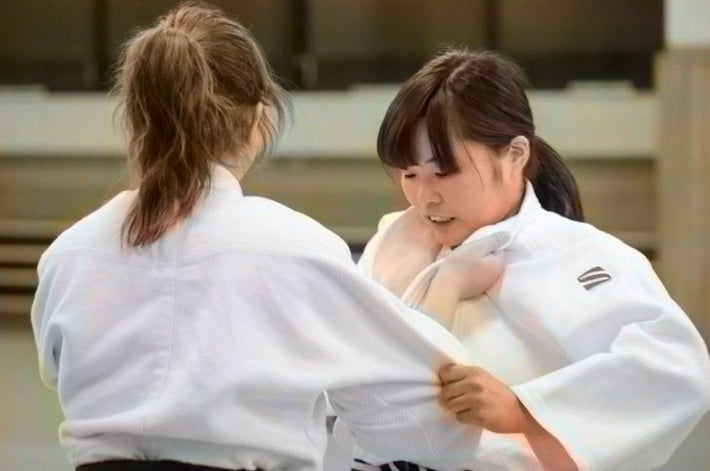

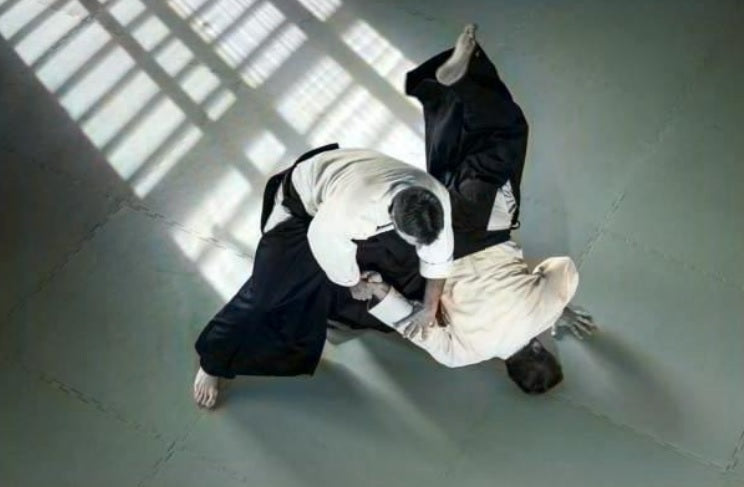

In the 19th and 20th centuries, Japan saw the emergence of modern martial arts such as Karate (空手), Judo (柔道), and Aikido (合気道). Though these arts arose in a new era, they inherited the same spiritual foundation — the pursuit of inner harmony, discipline, and self-mastery.
Shodo continued to be practiced alongside these evolving martial arts. Masters of Karate and Aikido often emphasized the value of mental focus and intentional movement, principles that Shodo teaches through the brush. In fact, many dojos still display calligraphy scrolls created by martial arts masters themselves, expressing core teachings such as “無心” (mushin, no mind), “道” (do, the Way), and “和” (wa, harmony).
Both Shodo and martial arts share a deep philosophy: the way you move reflects the way you live. Whether it is the arc of a brushstroke or the flow of a throw, both require centeredness, humility, and presence.
Even Today, Shodo Remains Deeply Rooted in Japanese Culture

Japanese elementary school students learn Shodo at school.

Among foreign tourists visiting Japan, Shodo experience lessons are popular.
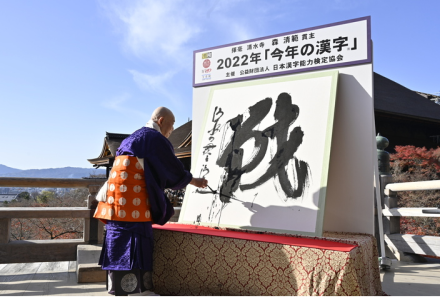
In Japan, every December, a single character symbolizing the events of the year is painted at a historic temple in Kyoto.
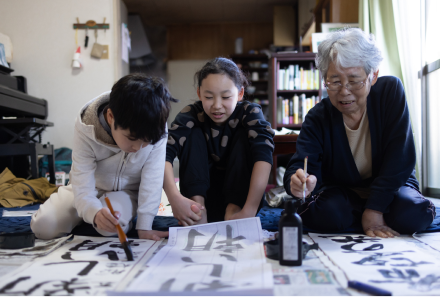
In Japan, the tradition of Kakizome, where people write their wishes in Shodo at the beginning of the year during New Year's, has become deeply rooted.
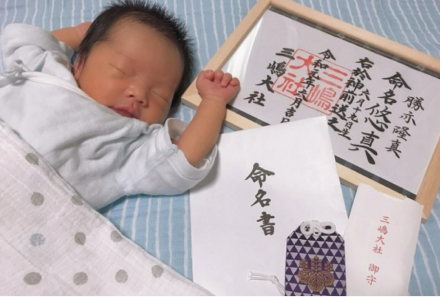
In Japan, when a child is born, their name is written in Shodo as a prayer for their healthy growth.
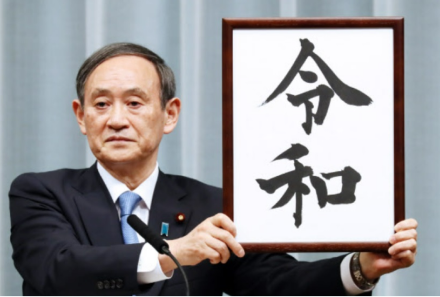
In Japan, when there is a change in emperor, a new era name is written in Shodo and announced by the government.
Shodo: Where the Martial Way Meets the Art of Japanese Calligraphy
Shodo, or Japanese calligraphy, breathes life into every stroke, using brush and ink to convey a wide range of emotions and beauty. It requires a meditative focus akin to Zen (禅), with each piece often seen as a mirror reflecting the creator’s soul.
The beauty of Shodo lies in its simplicity. With lines drawn in varying thickness and speed on white paper, it creates a rhythm and movement akin to music and dance. Each character carries its own history and meaning, allowing the calligrapher to engage in a quiet dialogue with the past.
We now offer these handcrafted calligraphy artworks especially for those who honor the martial path — practitioners and admirers of Karate, Judo, Aikido, and the Samurai spirit.
The core values of Shodo — strength, discipline, and beauty — resonate deeply with Japanese martial arts. We invite you to display these artworks not only as decor, but as symbols of your path — reminders of the way you train, live, and grow.
May the handcrafted artworks we create accompany you on your journey.

